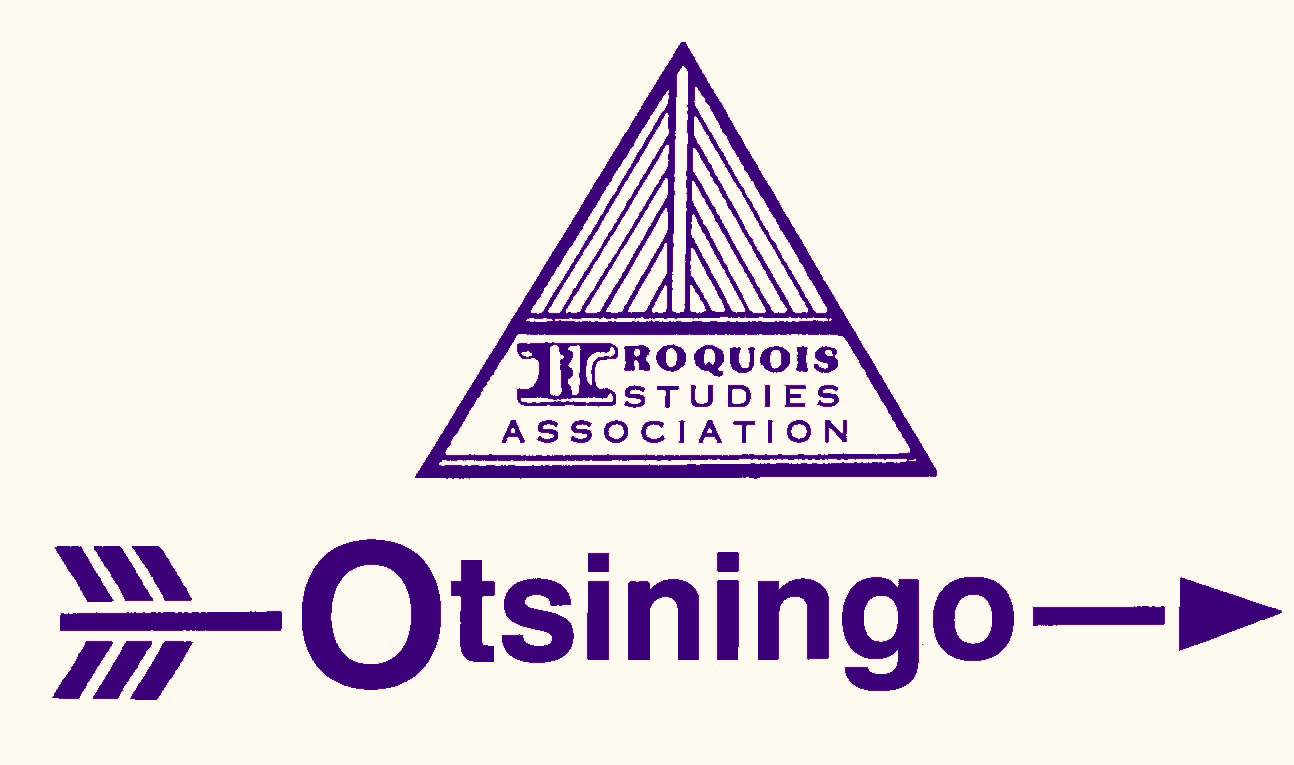

The History of Otsiningo
The Southern Door
Otsiningo is one of the many 18thcentury names for the lower Chenango River Valley. Otseninky, Jenung, Ochinang, and Ochenango are among some 50 variations of the name recorded by travelers who came through during the 1700's. Otsiningo was occupied by people of many nations including the Onondagas, the Nanticokes, the Conoys, the Shawnees, the Mahicans, the Oneidas, and the Tuscaroras who together were known as the Otsiningoes. At this time Otsiningo was referred to as "The Southern Door" of the symbolic Iroquois longhouse which was located across central New York.
The History of The Otsiningo Program
The Otsiningo American Indian Program was first conceived in 1971 during the archaeological salvage excavations carried out at the time of the construction of the rest area near exit 5 of Interstate 81 north of Binghamton, New York. In 1976 the Otsiningo Program began as a project of the Broome County American Revolution Bicentennial Commission. Since 1976 over 200 American Indian programs have been held at the Roberson Museum and Science Center in Binghamton and the Waterman Conservation Education Center in Apalachin.
Through festivals, workshops, lectures, bus trips, demonstrations, and Pow Wows, the Otsiningo program has sought to educate people about American Indian cultures and issues. Otsiningo is now an educational program of the Iroquois Studies Association. In 1996 the Pow Wow returned to the rest area which has been incorporated into Broome County's Otsiningo park.
After the 25th Otsiningo Pow Wow which was held in 2004, the Pow Wow was retired. Since then, the Iroquois Studies Association has sponsored several smaller programs. The second Otsiningo American Indian Art market is scheduled for November 7th and 8th, 2014.
As Black Elk, the wise Oglala Lakota said:
"You have noticed that everything an Indian does is in a circle,
and that is because the Power of the World always works in circles, and everything
tries to be round...Even the seasons form a great circle in their changing, and
always come back again to where they were."
Contributed by Dolores Elliott